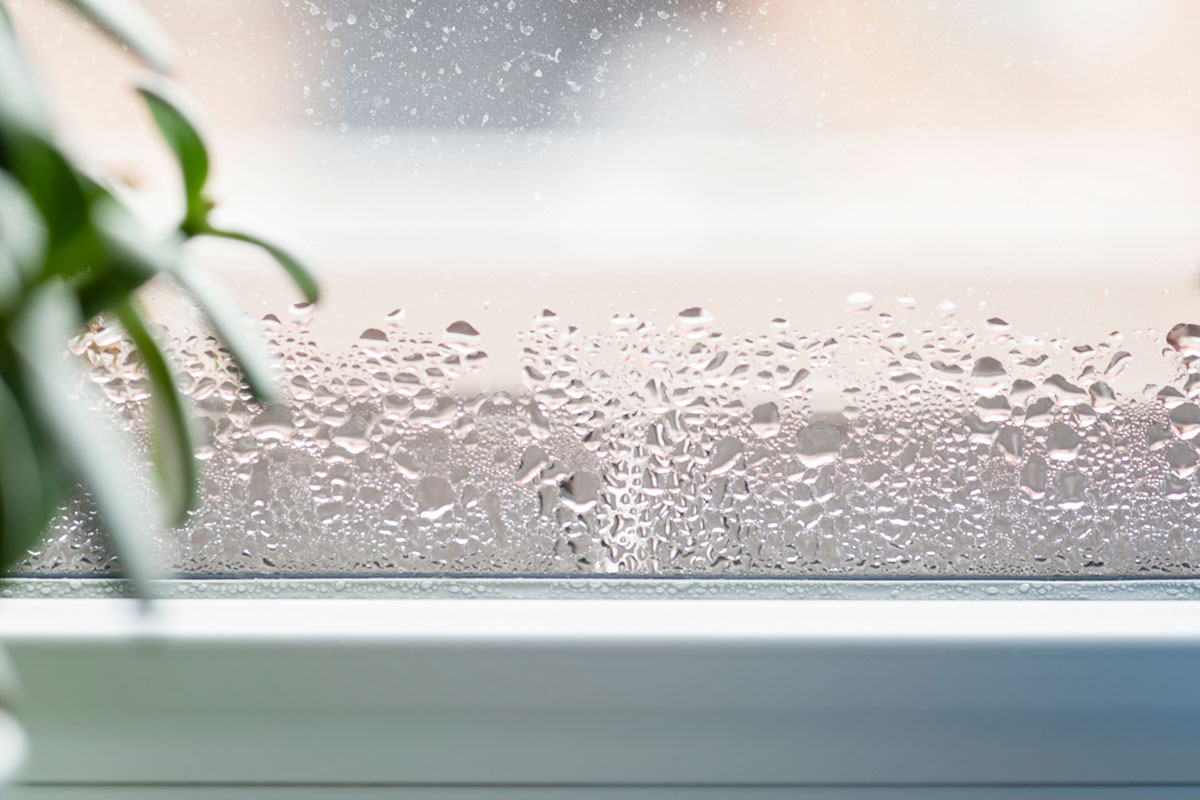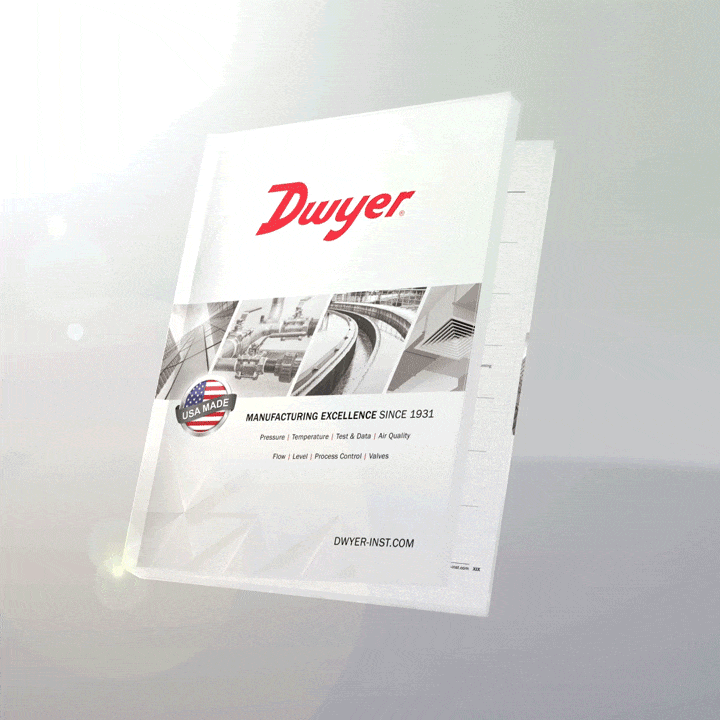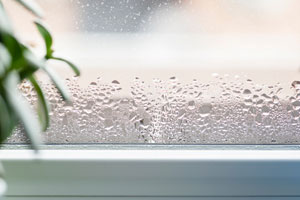 We often don’t think about the effects that relative humidity can have. It doesn’t stand out the way that the temperature of a room does, where a person might have to turn on a fan or turn up a heater. In fact, relative humidity is crucial to promoting good indoor air quality and is important to the health and safety of several different applications and areas.
We often don’t think about the effects that relative humidity can have. It doesn’t stand out the way that the temperature of a room does, where a person might have to turn on a fan or turn up a heater. In fact, relative humidity is crucial to promoting good indoor air quality and is important to the health and safety of several different applications and areas.
The Basics of Air Velocity Sensors
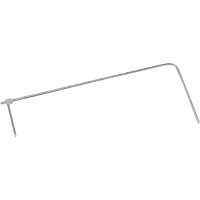
Dwyer Instruments offers a multitude of sensors for monitoring air velocity in HVAC systems. Some of this instrumentation has a simple construction (Pitot tubes, for example) while others are more complex, such as hot-wire anemometers.
The initial term and first “hot-wire anemometer” was developed back in 1914 by Louie Vesso King. He is also accredited for King’s Law, which mathematically describes heat transfer in air flows using a heated wire. As the air moves over the wire, it causes a loss of temperature in the wire and removes some of the wire’s heat energy. Continue reading “The Basics of Air Velocity Sensors”
What is Sick Building Syndrome and How Can You Prevent It?
 As weather gets cooler, it’s a common misconception that cold and flu viruses are more frequent due to the temperatures outside. This can actually be attributed to the fact that we are inside more, thus being exposed to higher concentrations of pollutants. Poor indoor air quality can cause what has come to be known as sick building syndrome.
As weather gets cooler, it’s a common misconception that cold and flu viruses are more frequent due to the temperatures outside. This can actually be attributed to the fact that we are inside more, thus being exposed to higher concentrations of pollutants. Poor indoor air quality can cause what has come to be known as sick building syndrome.
Continue reading “What is Sick Building Syndrome and How Can You Prevent It?”
The New Catalog is Available… Get Yours Today!
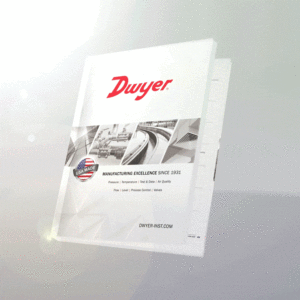 The summer is always a busy time for our team, as we check and double check the formatting and information of our annual instrumentation catalog. Now that autumn is here, we’re proud to announce that the new Dwyer Catalog is now available! Continue reading “The New Catalog is Available… Get Yours Today!”
The summer is always a busy time for our team, as we check and double check the formatting and information of our annual instrumentation catalog. Now that autumn is here, we’re proud to announce that the new Dwyer Catalog is now available! Continue reading “The New Catalog is Available… Get Yours Today!”
Meet with Us at Capital-MarVa
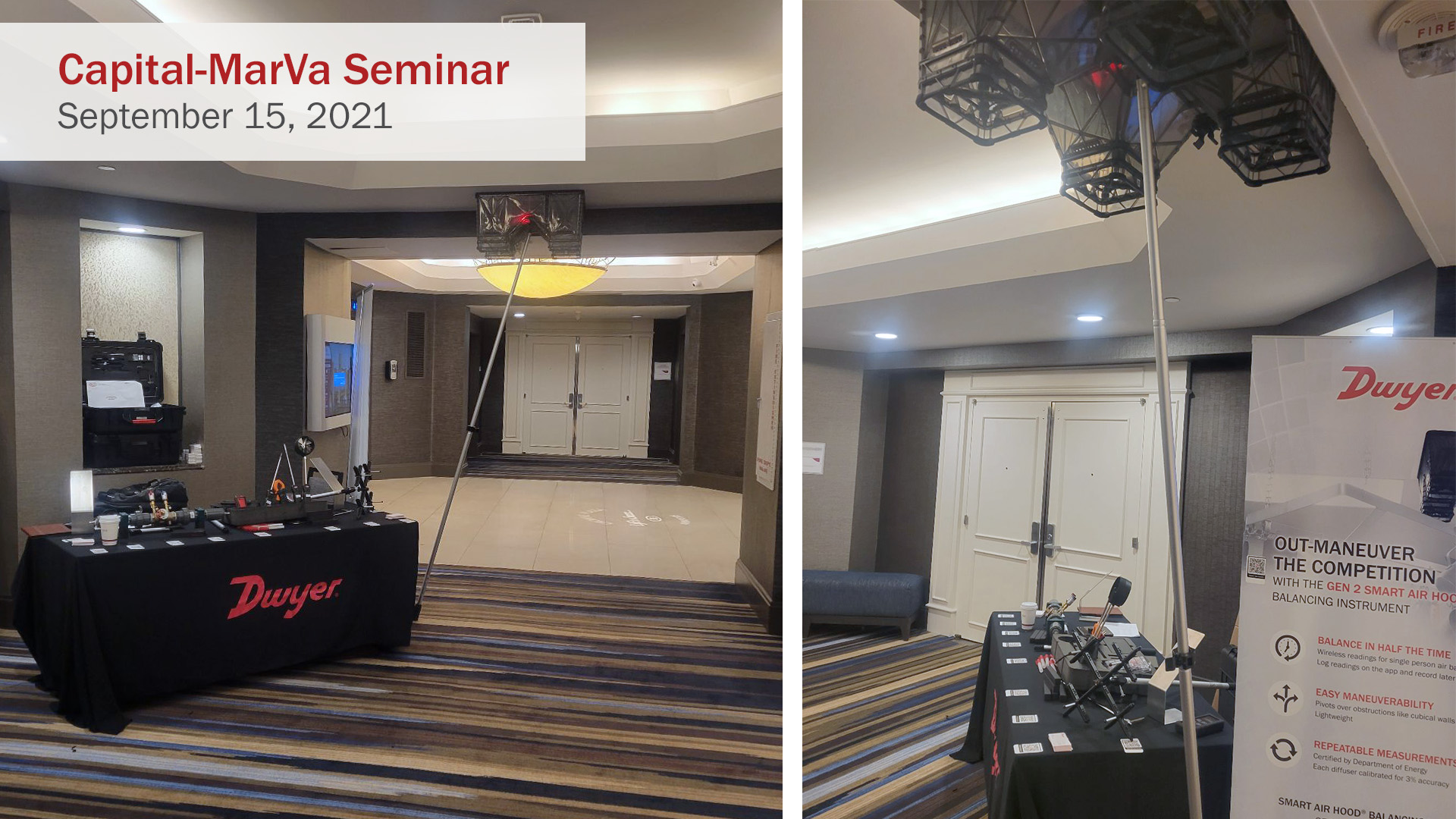
Today starts the Capital-MarVa Recertification Seminar in Annapolis, MD. Capital-MarVa is a chapter of the National Environmental Balancing Bureau (NEBB). Continue reading “Meet with Us at Capital-MarVa”

